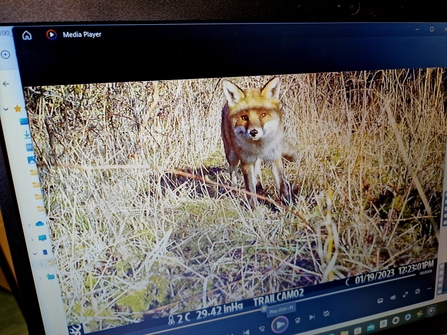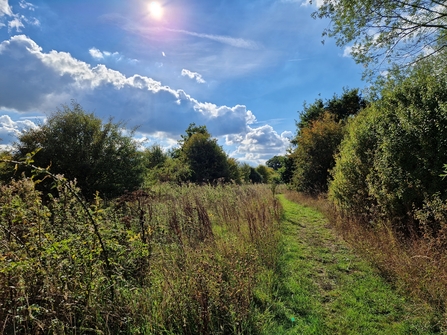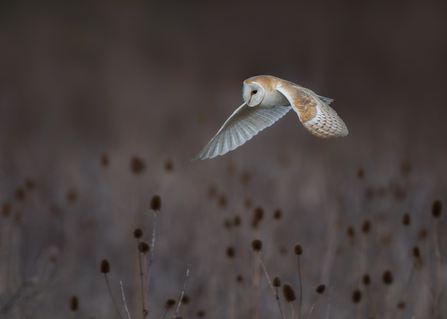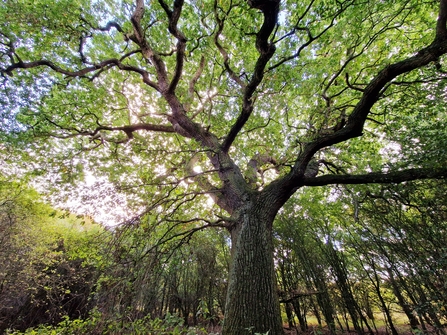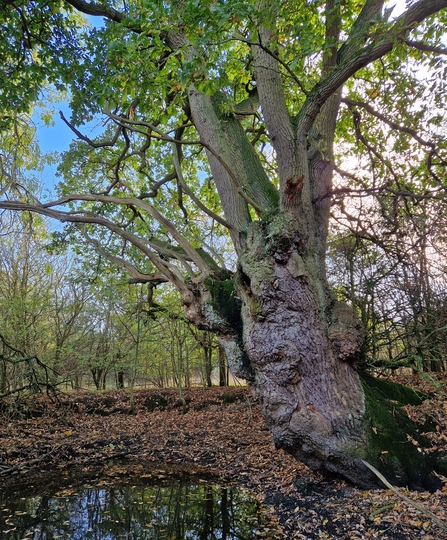
Chantelle Warriner
In the northern reaches of our county, just before we hop over the border into Northamptonshire, lies a very special site. A site that has been left undisturbed, allowed to evolve and grow for the last thirty years. Strawberry Hill, a 150 hectare ex-arable farm, has been gradually re-wilding since it was taken out of production in 1988. Where there were once ploughed fields, a dense mass of scrub, dominated by hawthorn and blackthorn, has erupted. A scattering of mighty oaks tower over the scrub, a window into the site’s agricultural past. Dare to venture into the mass of scrub, and you will find that pockets of tussocky grassland and lost ponds cling on, forming a rich mosaic of hidden habitats.
With the help of some very generous lenders, including the Esmee Fairbairn Foundation and Julie Davies, founder of ‘We have the Power’, The Wildlife Trust BCN is now the proud custodian of this special site. It is our vision that Strawberry Hill will become a hub from which we can deliver many of our charitable aims. A place where we can protect a unique habitat rich in species, while also delivering high class visitor engagement, enabling more people than ever before to get closer to nature in our county.

